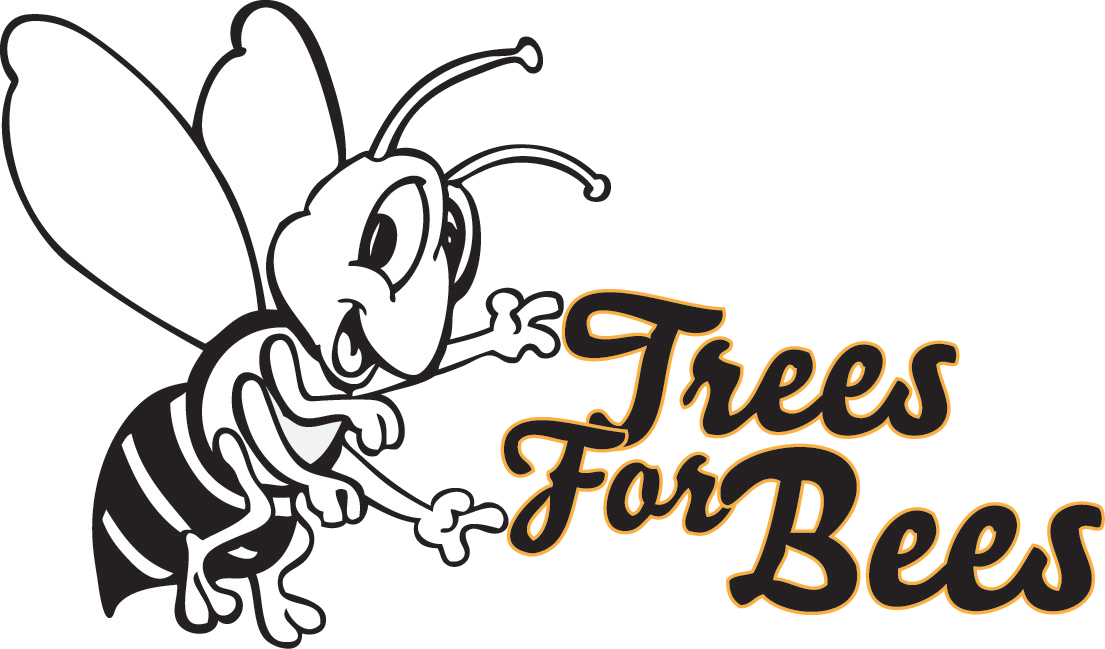Project #5
Strategic Plantations for Pollination and Honey Harvesting
Trees for Bees current project is “Strategic Plantations for Pollination and Honey Harvesting.” This project aims to solve emerging problems that are now threatening honey bee colonies, particularly the current intense competition for wintering sites that provide autumn and spring bee forage. Greater demand for pollination services and honey harvesting, particularly for mānuka honey, has exacerbated the situation. Ongoing attrition of biodiversity that has traditionally supported bees, in particular removal of weed species such as gorse and riparian willow plantings has continued. This is due to a lack of widespread education about the plight of bees and readily available information on how to replace the eliminated plants with alternative bee forage.
Some residual bee feed problems have been difficult to resolve, especially finding autumn pollen and nectar sources to prepare bees for winter survival. Progress on this issue is of critical importance to our apiculture industry, and is a top priority for the current project. The demand from the apiculture industry for information and skills to create strategic plantations requires templates for several new types of farms such as purely native plant support on conservation and Maori land, as well as dedicated support for fruit orchards and new mānuka honey orchards on marginal land. Tools for accessing information on how to select and install suitable plant species will enable nation-wide uptake of the results.
Our past successes give us confidence that we can resolve these new issues. When Trees for Bees started the most significant problem was the “October bee crash”. In spring, honeybee colonies could readily build up their populations on willow pollen; but the pollen dearth gap after willows and before clover flowering caused populations to crash. Trees for Bees found this problem to be a result of low biodiversity on farms and discovered a large number of bee trees and shrubs with high-protein pollen to cover this gap. These were installed on demonstration farms for testing. Late flowering willow species were also found to help fill the gap. The efficacy of these installations is being assessed as the plants mature to full flowering.

